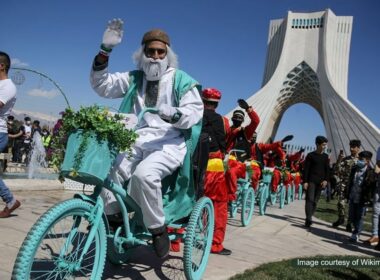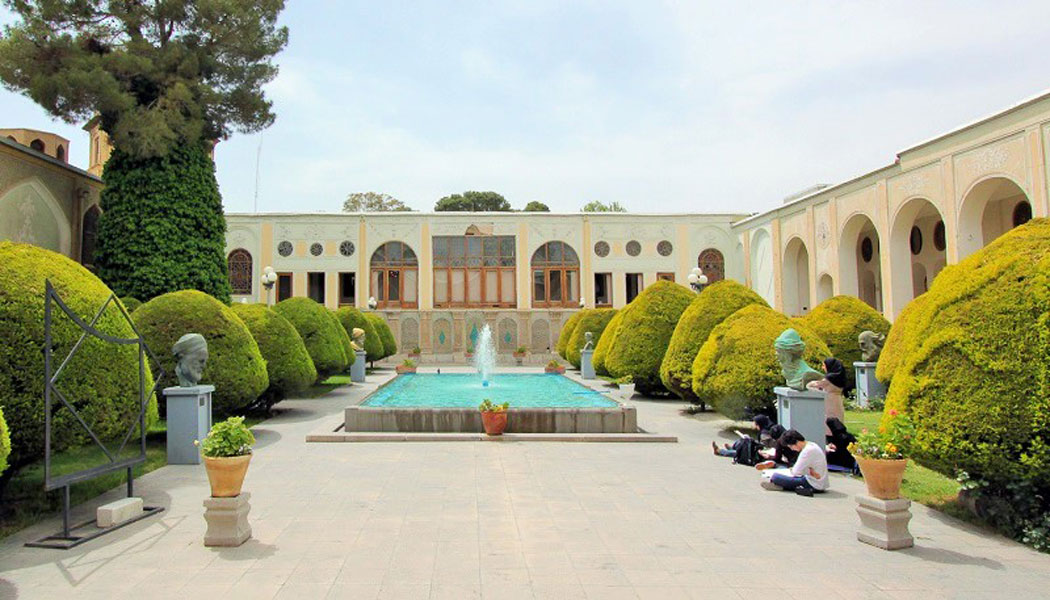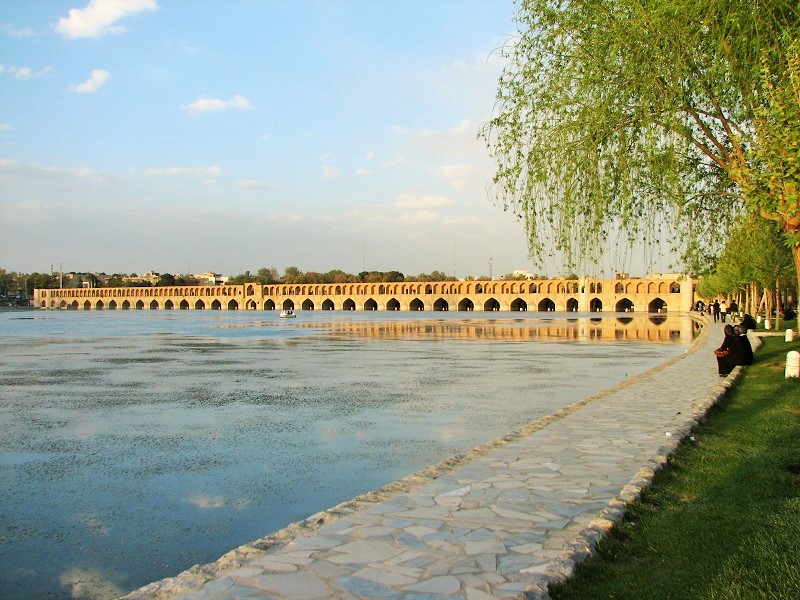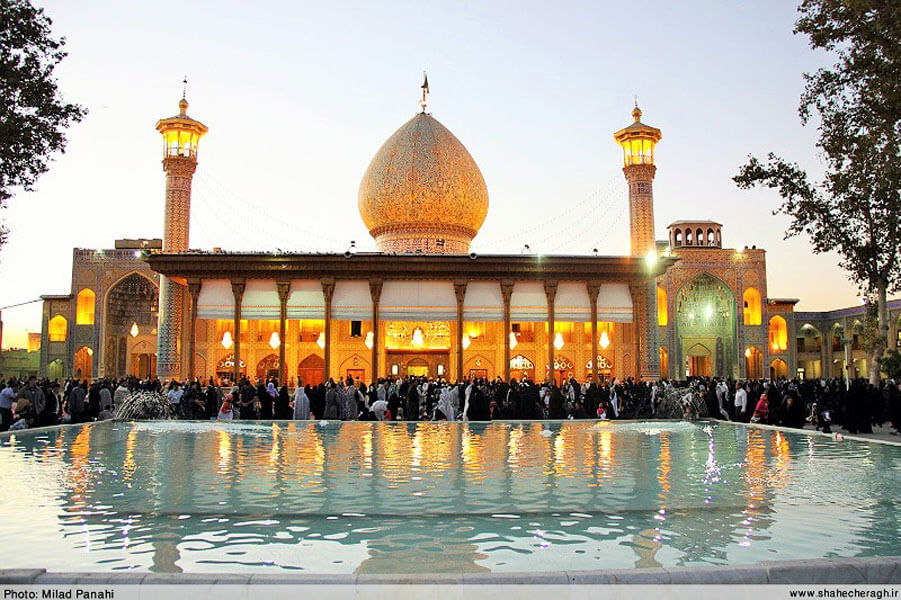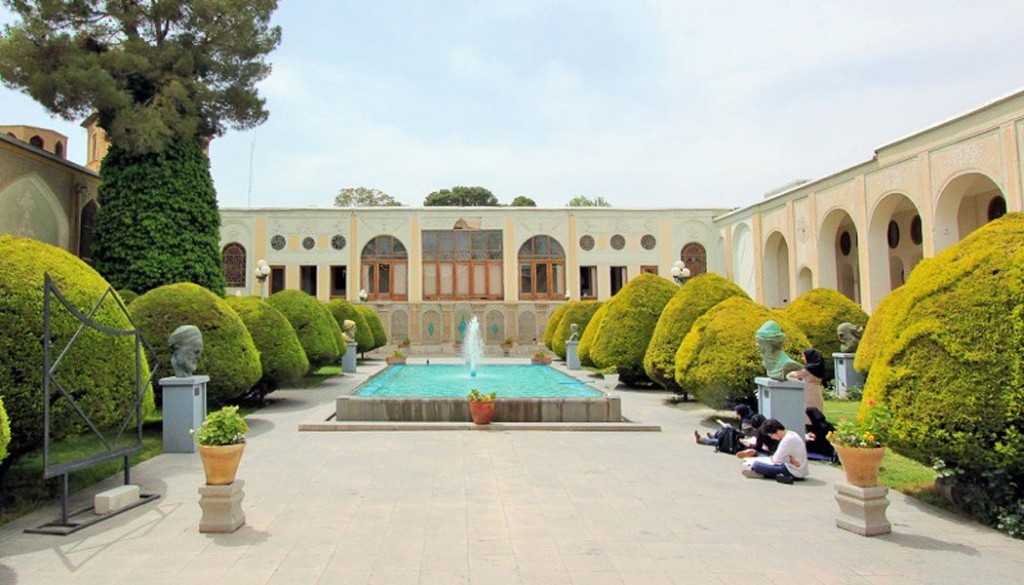
Isfahan is one of the big cities in Iran. This beautiful city has lots of tourist attractions and ancient monuments. Maybe this is the reason why Isfahan is called half of the world. One of the tourist attractions of this city, which exhibits many works of art and handicrafts, is the Isfahan Museum of Decorative Arts.
Many works of art in different fields are kept in this museum. In fact, there are 3000 historical objects related to the Safavid and Qajar periods in the museum. These objects are placed in special booths with the excellent arrangement. The museum also has a special and specialized library that students of architecture, art, and museology can use.
The Building of Isfahan Decorative Arts Museum
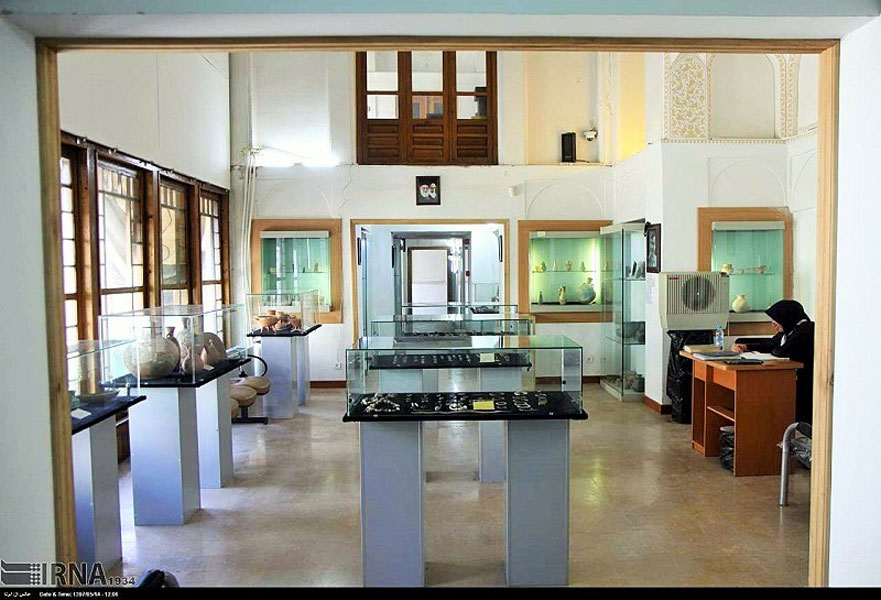
Isfahan Museum of Decorative Arts is located in the Rakibkhaneh mansion. Rakib is actually of the same root as Rakab (rider). In old times, the royal stable of the Shah was called Rakib Khaneh. This mansion, which belongs to the Safavid period, was used as a stable (a place to store riding equipment and supplies).
Rakib Khaneh Mansion has a beautiful building with a large yard. The trees of this mansion are planted in the center of the yard. Around the yard, there are many halls and rooms. Also, the building has an upper floor. On the right side of the eastern corner of the building, a beautiful tower can be seen, which is used as a bell tower.
Also, this complex has a royal residence, which has very beautiful architecture with special plasterworks of the Safavid period. The mirror works of this Shahneshin (a privileged section of a building where guests were received) have given a very beautiful effect on it. Today, this section is used as a museum office.
A great number of handicrafts of Isfahan are registered in UNESCO’s list. It is obvious that these beautiful handicrafts and exquisite objects should be displayed in a place. Isfahan Museum of Decorative Arts, which was no more than a stable in the past, is now a place to store these exquisite works.
The History of the Creation of the Decorative Arts Museum
There is evidence that shows Rakibkhaneh mansion was abandoned after the Safavid era. This mansion was left unused for a while until during the Qajar period, the chancellor of Fath Ali Shah, Haj Mohammad Hossein Khan Sadr Esfahani, revived Rakib Khaneh again.
During the period of Shah Abbas I, the Rakibkhaneh mansion was used as a government house. After that, it was the residence of Zel al-Sultan for a while. This mansion was also used as the country’s statistics and civil registry office during the Pahlavi period.
After the victory of the 1979 revolution, the objects in the Tehran Museum of Decorative Arts were transferred to Isfahan. Then it was decided to exhibit these objects along with the handicrafts of Isfahan. In this way, the Rakibkhaneh mansion was restored and the mentioned objects were arranged in the showcases of this mansion. This is why the opening of the Isfahan Decorative Arts Museum dates back to 1996.
Objects Kept in the Decorative Arts Museum of Isfahan
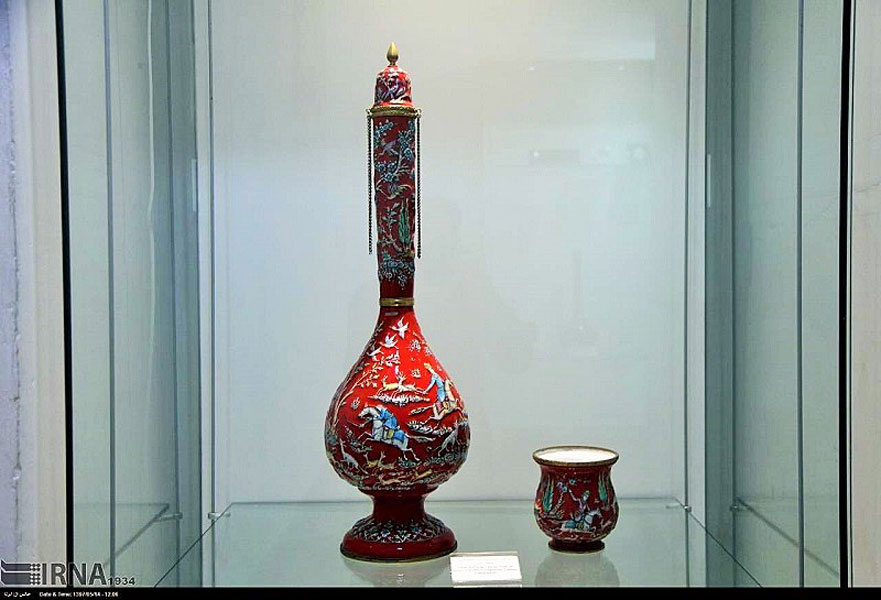
Isfahan Decorative Arts Museum is located near Naqsh Jahan Square. In this museum, a collection of historical objects is kept. The area of the museum is 2,600 square meters. Of this amount, about 1,200 meters is related to the exhibition space.
The objects in the Isfahan Museum of Decorative Arts are divided into seven different sections, which are:
- Calligraphy: artists such as Mohammad Sadegh Khansari, Mir Ali Heravi, and Mohammad Hashem Lulu Esfahani have created works in this field. These artists have written Quran books, hadith (traditions), supplications, and poetry books of great poets in their own handwriting. These calligraphies are displayed in the museum.
- Lacquer and oil work: In this section, one can see the works of artists such as Agha Sadegh Mirza Babai Shirazi Samirami, Fethullah Shirazi, and Agha Najafali Esfahani.
- Handwoven items and traditional embroidery: In this section of the Isfahan Decorative Arts Museum, handwoven works and textiles of Safavid and Qajar era artists are displayed.
- Painting: There are many valuable objects in this section, but the interesting work that attracts everyone’s attention is the work of the famous artist Mirza Agha Emami Isfahani. This is the work of burned, miniature, and marquetry on leather, which is called a Polo table.
- Metalworks: The objects in this section are gold and silver ornaments, prayer frames, mirror frames, etc.
- Mirror, Pottery, and Porcelain: The object that has attracted the most viewers’ attention in this section is related to Minai Morsai’s drinking glasses.
- Wood-made objects (inlay work, etc.): In this section, works such as the Qur’an scroll, mirror frame, makeup box, etc. can be seen.
Do not Miss Visiting this Attraction
Museums are places where you can see a collection of works of our ancestors. Whether you are going to Isfahan personally or as part of an Iran tour, make sure you visit the Isfahan Museum of Decorative Arts. These objects represent the cultural heritage of our ancestors and Iranian cultural identity is indebted to them.
In addition, since this city is full of relics left by our predecessors, Destination Iran recommends you familiarize yourself with all the tourist attractions of Isfahan before going there. This will allow you to plan better to make your trip more productive.




